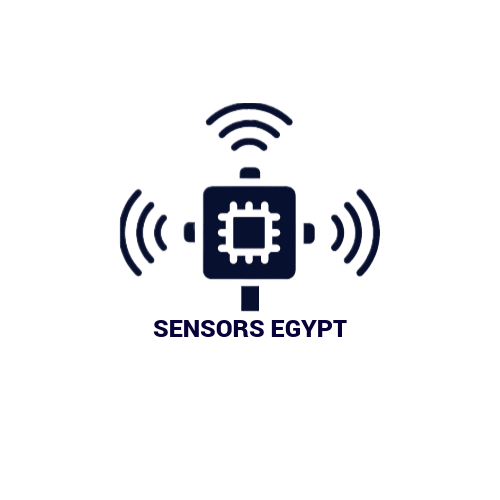Introduction to Photoelectric Sensors
Photoelectric sensors are devices that use light to detect the presence or absence of an object. They are widely used in various industries for automation and control purposes. These sensors consist of a light emitter and a receiver, which are usually housed in the same unit. When an object enters the sensing area, it interrupts the light beam, causing a change in the output signal.
How Photoelectric Sensors Work
There are three main types of photoelectric sensors: through-beam, retro-reflective, and diffuse reflective. Through-beam sensors consist of a separate emitter and receiver. The emitter emits a beam of light, and the receiver detects the light that passes through the sensing area. Retro-reflective sensors have the emitter and receiver in the same housing, with a reflector placed opposite to them. The reflector reflects the emitted light back to the receiver. Diffuse reflective sensors combine the emitter and receiver in a single unit, and the light is reflected back to the receiver by the target object itself.
Applications of Photoelectric Sensors
Photoelectric sensors have a wide range of applications in various industries. They are commonly used in packaging, material handling, automotive, and food processing industries. These sensors can be used to detect the presence or absence of objects on conveyor belts, count items, measure distances, and control the movement of robotic arms. They are also used in security systems to detect unauthorized entry or to activate lighting systems.
Advantages of Photoelectric Sensors
Photoelectric sensors offer several advantages over other types of sensors. They are non-contact sensors, meaning they do not physically touch the object being detected. This makes them ideal for detecting fragile or delicate objects. They are also highly reliable and accurate, providing consistent results even in harsh environments. In addition, photoelectric sensors can be easily integrated into existing systems and are relatively low-cost compared to other sensor technologies.





No comment